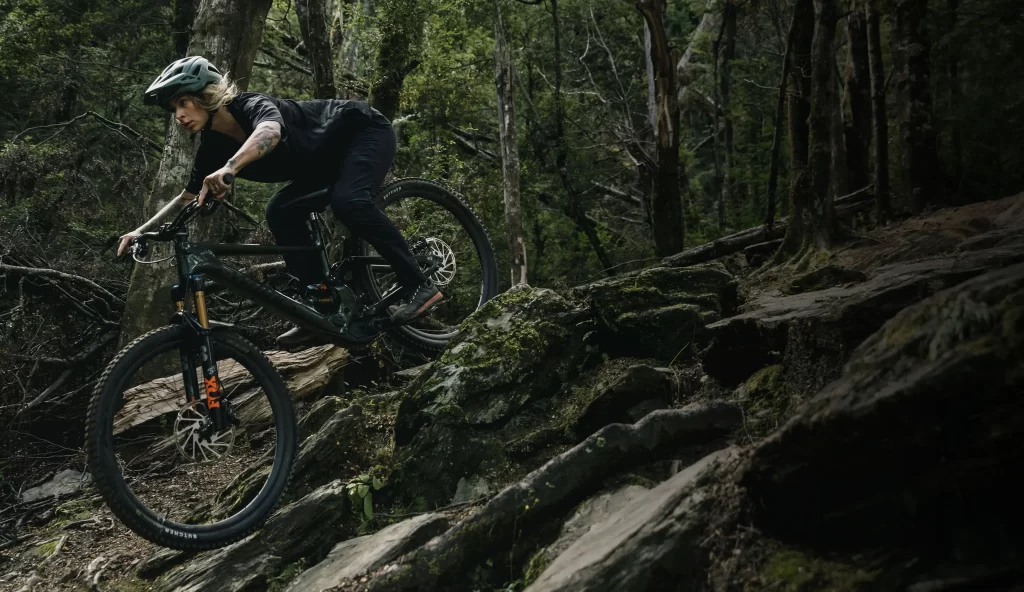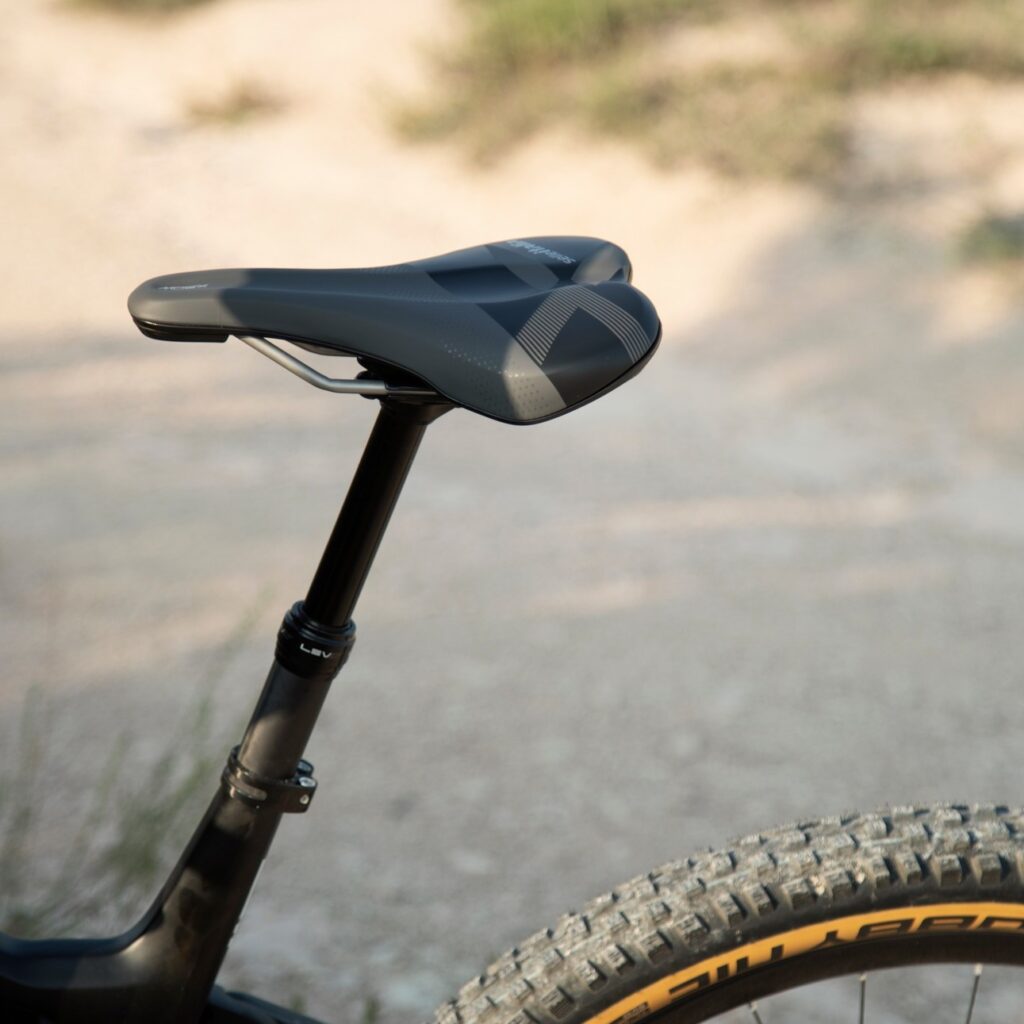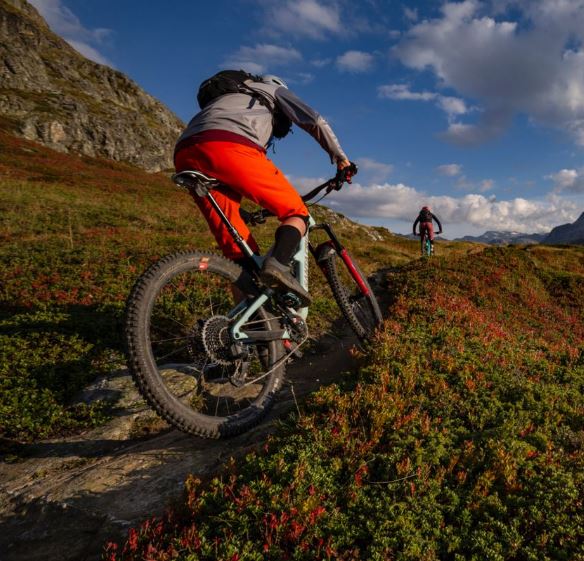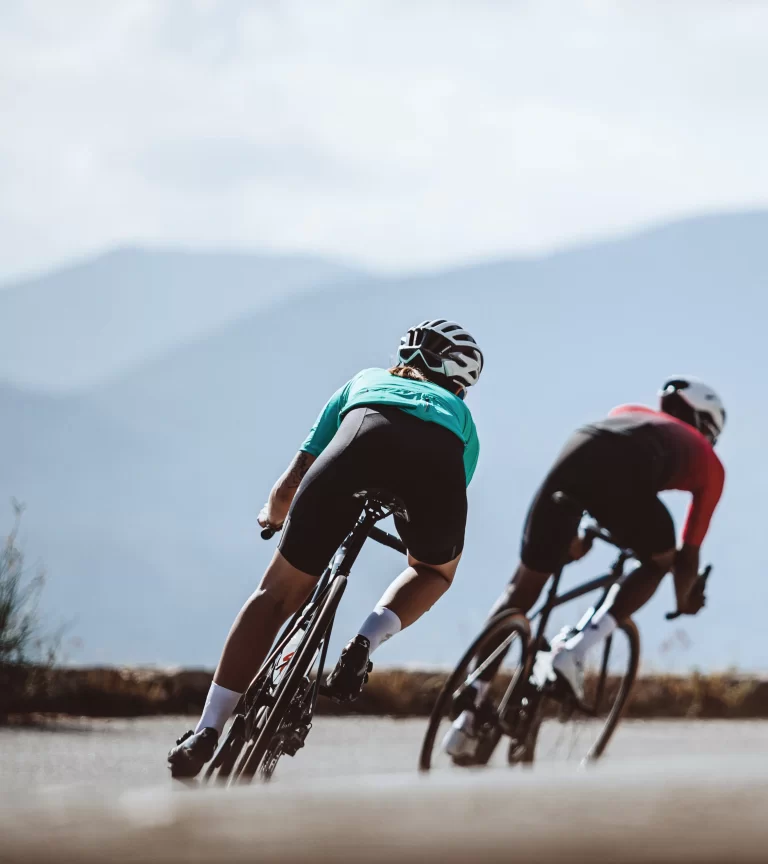Adjusting Mountain Bike Saddles for Optimal Fit: A Cyclist’s Guide

Key Point Summary of Adjusting Mountain Bike Saddles for Optimal Fit:
- Saddle Height: Essential for pedaling efficiency and knee health.
- Saddle Fore/Aft Position: Influences your balance and control on the bike.
- Saddle Tilt: Affects comfort and riding position.
- Test Rides and Fine-Tuning: Necessary steps to ensure the adjustments suit your riding style.
Finding the perfect saddle position on your mountain bike can feel like a quest for the Holy Grail. But as someone who’s spent years navigating the ups and downs of mountain biking, gravel grinding, and cyclocross racing, I’ve learned that the right saddle adjustment is crucial for comfort, efficiency, and injury prevention. Here, I’ll share insights into adjusting your mountain bike saddle for an optimal fit, drawing from a wealth of personal experiences and observations.
Finding the Perfect Saddle Height
The height of your saddle plays a pivotal role in how effectively you can pedal and how much strain you put on your knees. A saddle set too high can cause overextension on each pedal stroke, leading to knee pain or injury, while a saddle set too low can lead to inefficient pedaling and excessive knee flexion. To find the right height, position your heel on the pedal at its lowest point. Your leg should be fully extended. When you place the ball of your foot on the pedal, there should be a slight bend in your knee.

Adjusting the Fore/Aft Position
The saddle’s fore/aft position is about balancing your weight over the bike, ensuring you have control and stability, especially when navigating technical terrain. A good starting point is the knee over pedal spindle (KOPS) position, where the bony protrusion just below your kneecap is directly above the pedal spindle when the crank is parallel to the ground. However, personal preference and riding style play significant roles, and adjustments might be necessary to find your sweet spot.

Dialing in the Saddle Tilt
Saddle tilt can significantly impact comfort. Ideally, your saddle should be level, but slight adjustments can be made based on personal comfort and riding style. A slight downward tilt can relieve pressure on soft tissues for some riders, but too much tilt can cause you to slide forward, putting undue strain on your arms and shoulders. Conversely, a slight upward tilt might help maintain position on steep climbs but can also increase pressure uncomfortably.
The Importance of Test Rides and Fine-Tuning
After making initial adjustments, it’s crucial to take test rides and pay attention to how your body feels. Look for signs of discomfort or inefficiency, such as having to shift around on the saddle frequently, experiencing knee pain, or feeling pressure points. Fine-tuning adjustments based on these observations can lead to significant improvements in comfort and performance.
In my cycling journey, I’ve experienced firsthand the difference that properly adjusted saddles can make. On one memorable mountain biking trip, after days of struggling with discomfort and inefficient pedaling, I realized my saddle was too low and tilted slightly upwards. Adjusting it not only alleviated the discomfort but also improved my control and power on the climbs. It was a clear reminder of how even small adjustments can have a profound impact on the riding experience.

Concluding Thoughts
Adjusting your mountain bike saddle for an optimal fit is a personalized process that can significantly enhance your riding experience. By paying close attention to saddle height, fore/aft position, and tilt, and by committing to test rides and fine-tuning, you can achieve a saddle setup that boosts your comfort, efficiency, and overall performance on the trails. What works for one rider may not work for another, so trust your feelings and observations to guide you to your ideal saddle position.
A highly regarded model that aligns well with the criteria for comfort, adjustability, and overall performance in mountain biking is the WTB Volt Saddle. The WTB Volt is celebrated for its versatility across various mountain biking disciplines, offering a superb blend of comfort and support for long rides and technical descents alike. Its ergonomic design features a slight whale-tail rear, providing a platform for power transfer and positioning, while the gentle drop to the nose aids in navigating steep terrain without hindrance.
The Volt comes in multiple widths to accommodate different sit bone widths, ensuring a more personalized fit. Additionally, its durable construction and thoughtful features, like the Flex-Tuned shell and Comfort Zone cut-outs, enhance its suitability for a wide range of riders, from beginners to experienced mountain bikers.


FAQ
What is the best seat adjustment for a mountain bike?
The best seat adjustment balances comfort, efficiency, and control. The saddle should be positioned to allow for a slight bend in the knee at full pedal extension, with the rider seated in a position that optimizes power on climbs and stability on descents.
What is the correct saddle height for a mountain bike?
The correct saddle height is achieved when your leg has a slight bend (about 25 to 30 degrees) at the knee when the pedal is at its lowest point, and you’re seated on the saddle. This position ensures efficient pedaling while reducing the risk of knee strain.
What is optimal saddle height angle?
Generally, the saddle should be set to a neutral (horizontal) angle. However, minor adjustments can be made for personal comfort. A slight downward tilt (no more than a few degrees) may help relieve pressure on the soft tissue for some riders, but too much tilt can lead to sliding forward and increased pressure on the hands and wrists.
How should a mountain bike seat fit?
A mountain bike seat should fit so that it supports your sit bones (ischial tuberosities) adequately without causing discomfort to the soft tissues. The width of the saddle should match the width of your sit bones to provide a firm base of support, allowing for efficient power transfer and comfort during both climbing and descending phases of riding.





